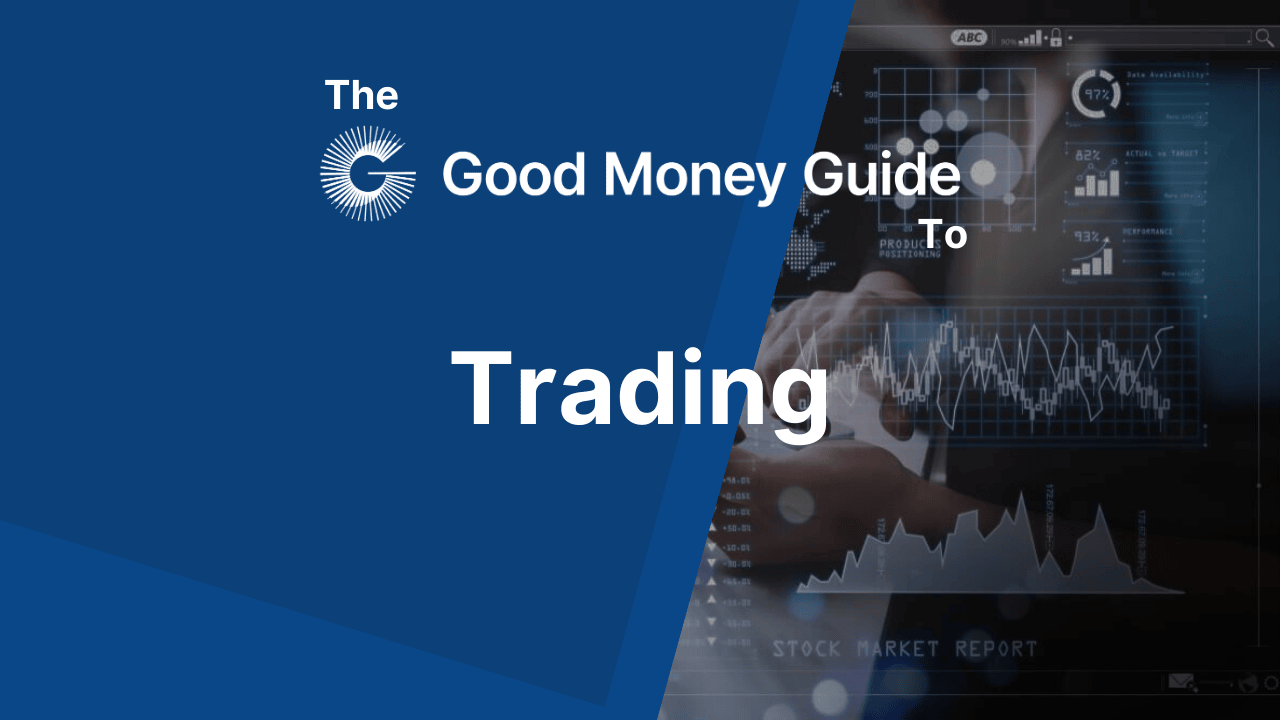How to Spot Reliable Sources of Market Information
In today’s fast-paced financial markets, having access to reliable and accurate information is crucial for making informed trading and investment decisions. With the abundance of data available online, it’s important to know how to identify trustworthy sources of market information. Using unreliable information can lead to poor decisions and financial losses, so here’s how you can spot reliable sources of market data.
1. Look for Reputable Financial News Outlets
Established financial news outlets are typically reliable sources of information. These organizations have a long history of providing objective and fact-checked news.
Examples:
Blo...
Please register or log in to continue...
Become a better, more informed investor with Good Money Guide. Our expert, exclusive educational courses provide the sort of information that everyone, from first-time investors to experienced professional traders, can learn to profit from.

